NASA APOD #653-661
#653 A Complete Aurora
Credit: April 02, 1997
“Aurora frequently make complete rings around a pole of the Earth. This particular "crown", visible in orange near the top of this image, was taken by the orbiting Polar spacecraft about one year ago and released by NASA last month. A complete auroral oval is normally hard to photograph because part of it usually occurs over a brightly sunlit portion of the Earth. Polar's Earth Camera, however, can be programmed to filter out all but a certain type of ultraviolet light. In this "color", atmospheric oxygen can glow brighter than reflected sunlight. People with normal eyesight living near the Great Lakes in North America would have been able to see this aurora, were it not daytime! "
Copyright: Public domain
#654 Earth, Clouds, Sky, Comet
Credit and Copyright: April 03, 1997
“Does a comet's dust tail always orbit behind it? Since comets rotate, they shed gas and dust in all directions equally. Small ice and dust particles expelled by the comet, however, are literally pushed around by sunlight. The smaller the particle, the greater the effect. When the comet is headed inward, sunlight slows down small particles so they orbit behind the comet. When the comet is headed back out though, sunlight speeds them up, so small particles orbit in front of the comet. Comet Hale-Bopp itself is too big to have its orbit affected by the momentum of sunlight. Therefore, since Comet Hale-Bopp started back out to the outer Solar System two days ago, we can expect the dramatic dust tail shown above to shift in front in the coming days."
Copyright: Public domain
#655 Hale-Bopp In Stereo
Credit and Copyright: April 04, 1997
“This stereo pair of Hale-Bopp images combines two pictures from slightly different viewing angles. Simulating stereo vision, the difference was generated by the comet's apparent motion as it cruised through the inner Solar System. The camera was located in the Shoshone National Forest, Wyoming, USA, Planet Earth, and the two pictures were taken about 45 minutes apart on March 25. Digitized versions were then carefully cropped and adjusted so that the background stars matched. The product of an internet collaboration between J. Modjallal and M. Frost, this pair is meant to be viewed from a comfortable distance by gently crossing your eyes until the images merge."
Copyright: Public domain
#656 A Black Hole in M87?
Credit: April 05, 1997
“The center of nearby giant galaxy M87 is a dense and violent place. In this 1994 photograph by the Hubble Space Telescope, a disk of hot gas was found to be orbiting at the center of this massive elliptical galaxy. The disk is evident at the lower left of the picture. The rotation speed of gas in this disk indicates the mass of the object the gas is orbiting, while the size of the disk indicates an approximate volume of the central object. These observations yield a central density so high that the only hypothesized object that could live there is a black hole. The picture also shows a highly energetic jet emanating from the central object like a cosmic blowtorch. The jet is composed of fast moving charged particles and has broken into knots as small as 10 light years across."
Copyright: Public domain
#657 Mercury Astronauts and a Redstone
Credit: April 06, 1997
“Space suited project Mercury astronauts John H. Glenn, Virgil I. Grissom, and Alan B. Shepard Jr. (left to right) are pictured here posing in front of a Redstone rocket in this vintage 1961 NASA publicity photo. Project Mercury was the first U.S. program designed to put humans in space. It resulted in 6 flights using one-man capsules and Redstone and Atlas rockets. Shortly after the first U.S. manned flight on May 5, 1961, a suborbital flight piloted by Alan Shepard, President Kennedy announced the goal of a manned lunar landing by 1970. This goal was achieved by NASA's Apollo program and Shepard himself walked on the moon as commander of the Apollo 14 mission."
Copyright: Public domain
#658 GRB970228: What's There?
Credit: April 07, 1997
“Could this fuzzy blob be the key to the whole gamma-ray burst (GRB) mystery? Astronomers the world over are now scrambling to determine the true nature of the extended emission seen to the lower right of the bright source in the above image. The bright object in the center is rapidly fading - and thought to be the first true optical counterpart to a GRB. But is it housed in a galaxy? If so, after the central emission has faded, this galaxy should be identifiable. Today, follow up observations of this blob are planned with the Hubble Space Telescope. If the extended emission does come from a galaxy it would bolster indications that the February 28th GRB occurred in that galaxy, across the universe from us. This, in turn, would imply that GRBs are truly the most powerful explosions ever known. "
Copyright: Public domain
#659 Comet Hale-Bopp Over New York City
Credit and Copyright: April 08, 1997
“What's that point of light above the World Trade Center? It's Comet Hale-Bopp! Both faster than a speeding bullet and able to "leap" tall buildings in its single orbit, Comet Hale-Bopp is also bright enough to be seen even over the glowing lights of one of the world's premier cities. In the foreground lies the East River, while much of New York City's Lower Manhattan can be seen between the river and the comet. Comet Hale-Bopp is now moving away from both the Sun and the Earth. It should, however, should remain visible even in northern cities for at least a month. To find Comet Hale-Bopp, look for the brightest object in the northwest sky just after sunset - or wait for its return in 2400 years. "
Copyright: Public domain
#660 Oceans Under Jupiter's Europa?
Credit: April 09, 1997
“Is there life beneath Europa? Today, new results are being announced (at about 2 pm EST) about the possibility of oceans under Jupiter's moon Europa. The existence of such oceans increases the likelihood that some sort of life exists beneath the fractured ice planes of Jupiter's smoothest satellite. Results from the February 20th flyby of the robot spacecraft Galileo past Europa now clearly indicate that either large bodies of water or slush exist under a relatively thin ice sheet covering the moon's surface, at least in some regions. Areas on the surface are marked by very few craters, indicating that water flowed there in the time since most craters formed. "
Copyright: Public domain
#661 Europa's Ice Rafts
Credit: April 10, 1997
“The surface of Jupiter's moon Europa has shifted. Photographs released yesterday of Europa's surface taken by the spacecraft Galileo show that the smooth moon's icy surface is sometimes like a giant scrambled jigsaw puzzle. Pieces of Europa's surface, identifiable above, have rafted to new locations. Also visible are larger areas that are clearly shifted from their original alignment. What could cause this surface shuffle? One leading explanation is water - oceans of water just beneath Europa's ice plains. This discovery again fuels speculation that life might exist far from the comfort of Earth. "
Copyright: Public domain
Upvote! Resteem! Comment! As you like it! Thank you for attention!
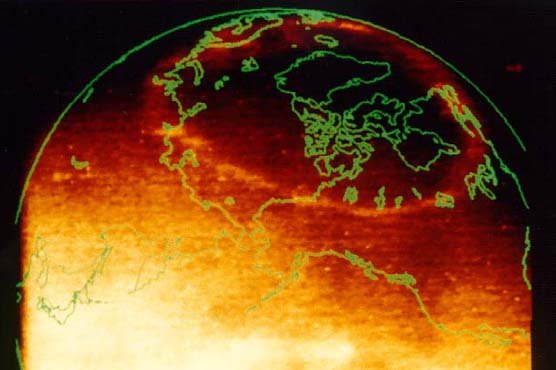

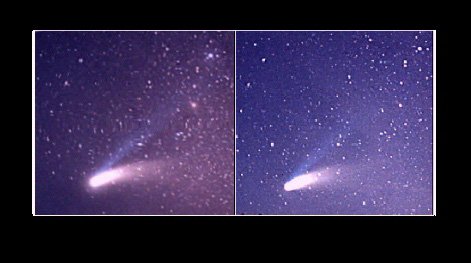
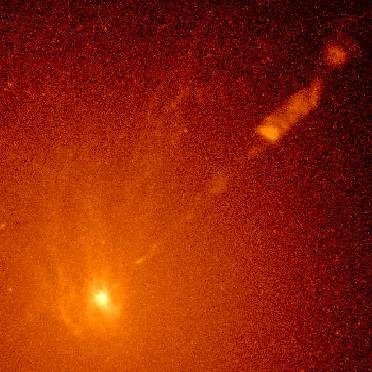
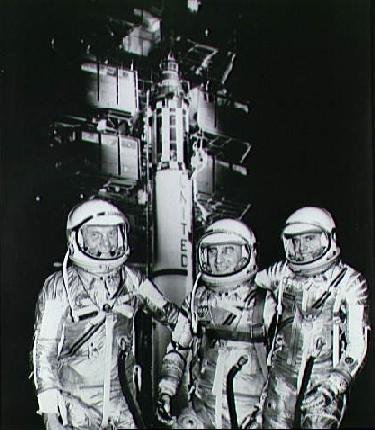
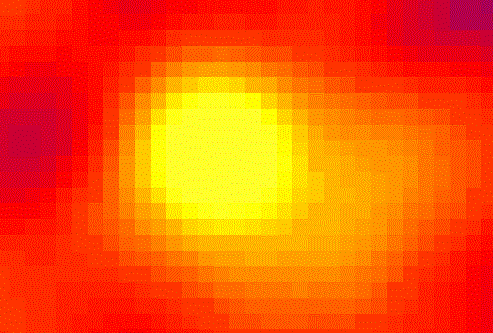
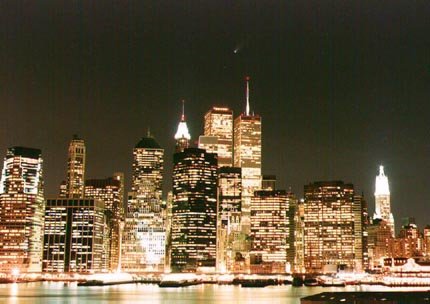
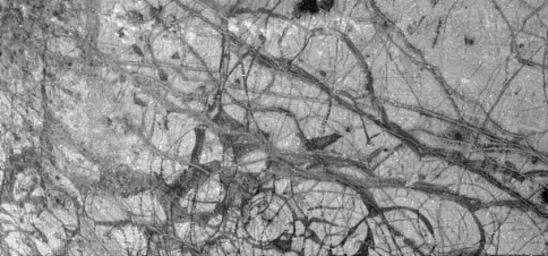
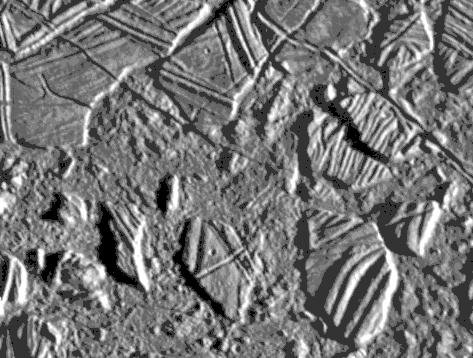
Resteemed to over 5800 followers and 100% upvoted. Thank you for using my service!
Send 0.100 Steem or 0.100 Steem Dollar and the URL in the memo to use the bot.
Read here how the bot from Berlin works.
@resteem.bot